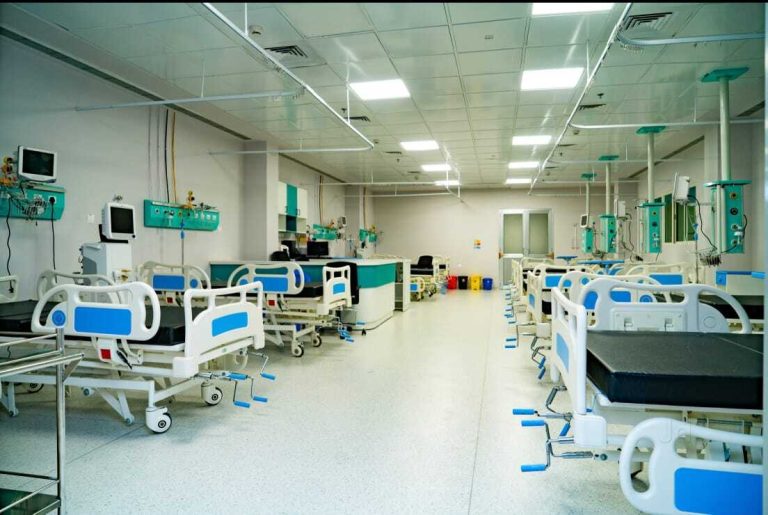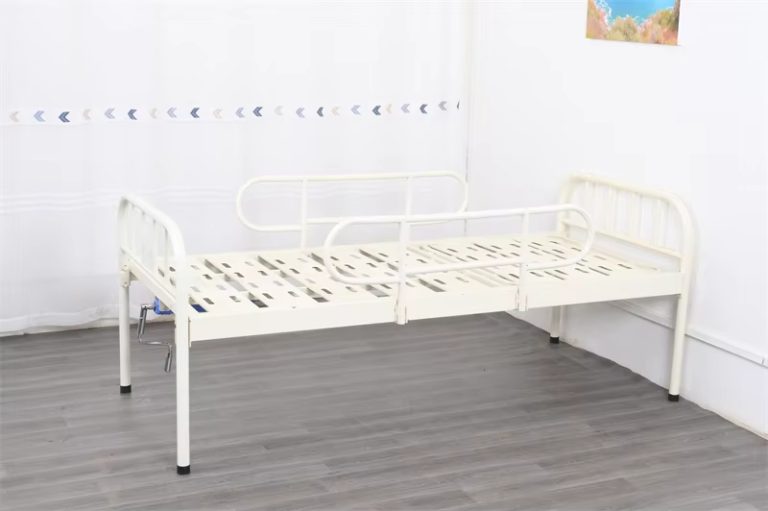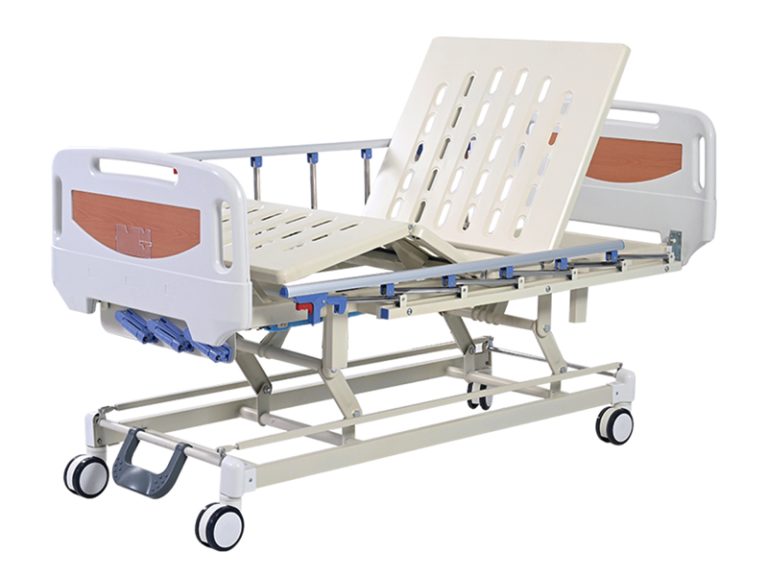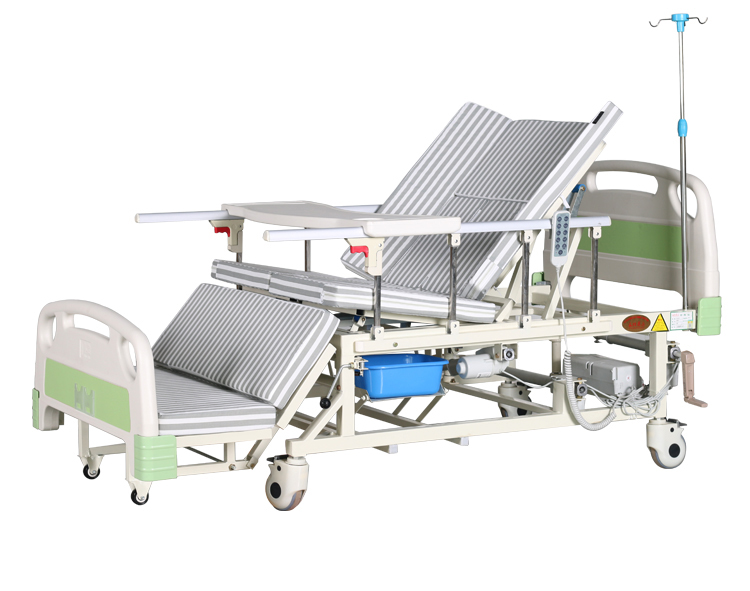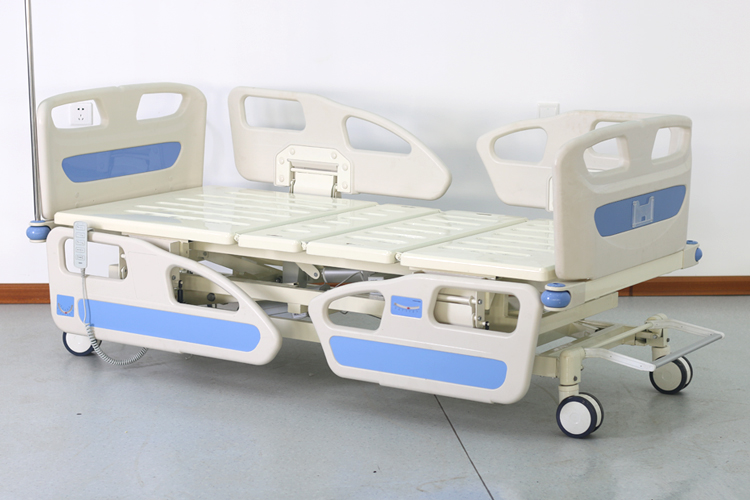Why Can’t I Find the Hospital-Recommended Care Bed on E-Commerce Platforms?
Why Can’t I Find the Hospital-Recommended Care Bed on E-Commerce Platforms? 1. The All-Too-Familiar Search…

Why Can’t I Find the Hospital-Recommended Care Bed on E-Commerce Platforms?
1. The All-Too-Familiar Search Frustration
“Nurse, what’s the exact brand and model of this care bed? I can’t find it online anywhere…”
That afternoon, I stood by the nurses’ station, my phone cluttered with search history. My father was about to be discharged, and the doctor had specifically recommended a “hospital-grade” care bed for its durability and safety. But when I actually tried to find it, I hit a wall — model numbers looked like cryptic codes, brand names turned up obscure manufacturers I’d never heard of, and the term “hospital-grade” felt like an exclusive inside joke — you know it’s good, but you can’t get in.

I’m sure I’m not the only one who’s been through this. Our obsession with finding the “exact hospital model” comes from a place of love and fear — the fear of choosing wrong and making life harder for our bedridden loved ones. After all, if it’s used in hospitals, it must be the best, right?
But here’s the truth:
You can’t find it not because you aren’t trying hard enough — but because hospital procurement and the consumer retail market operate in two completely different systems.
2. Is “Hospital-Grade” Really the Best Choice?
It’s time to shatter that illusion. We assume “if it’s used in hospitals, it must be the best,” but that isn’t always the case.
Hospitals and homes have completely different needs:
- For hospitals, care beds are medical devices. They need to withstand 24/7 use by different patients and frequent disinfection. Hospitals prioritize absolute safety and industrial-level durability. Their purchasing decisions are based on tender requirements and medical certifications.
- For homes, care beds are daily companions. They’re used by the same person in a familiar environment, often operated by an elderly spouse or exhausted adult children. Families need adequate safety, ease of use, space efficiency, and affordability.

Here’s an example:
Hospital motors are built like heavyweight boxers — powerful and tough, designed for intense use. But they’re noisy and energy-hungry. At home, where you might adjust the bed only a few times a day, a quality home-grade motor is more like a nimble marathon runner — quiet, energy-efficient, and less likely to disturb sleep.
So stop fixating on that elusive “hospital model.”
What you really need isn’t the “hospital-grade” label — it’s “hospital-level safety” combined with “home-friendly design.”
3. The Motor Difference: Industrial vs. Household Grade
Ask any engineer what the heart of a care bed is, and they’ll say: the motor. This is where hospital and home models differ most — and where sellers stay silent.
- Hospital-grade motors: Built for endurance. They’re powerful, rugged, and housed in heavy-duty casings made to withstand collisions and constant use. The trade-off? They’re louder (like the distinct hospital buzzing sound) and heavier.
- Home-grade motors: Designed for daily life. Optimized for quiet operation, lighter weight, and energy efficiency. A good home motor runs almost silently, won’t interrupt sleep, and uses less power.

How to avoid pitfalls:
❌ Don’t ask: “Is this the same motor hospitals use?”
✅ Instead ask: “How long is the motor warranty? What’s the noise level in decibels?”
A brand that offers a 3+ year motor warranty and provides noise level data is more trustworthy than any “hospital-grade” claim.
4. The Hidden Risks Behind a Pretty Exterior
If the motor is the heart, the steel frame is the bed’s skeleton. This is where safety is truly decided.
- Hospital “heavy-duty frames”: Medical beds use steel that’s at least 1.5mm thick with reinforced structures to prevent bending or shaking, even under rough use. Safety comes first, even if it looks “bulky.”
- E-commerce “looks over strength”: To keep costs down and aesthetics high, many home care beds use thinner steel (1.0–1.2mm). A nice coat of paint can hide weaker materials, but over time, you may notice wobbling, noisy operation, or struggling motors.
How to choose wisely:
🛑 Don’t be fooled by product photos. Focus on these three things:
- Ask for specs: “What is the thickness of the main frame steel?” 1.2mm or more is reliable.
- Check details: Request close-up photos. Look for smooth welding points and reinforced joints. Rough welds = red flag.
- Test weight capacity: If possible, have your heaviest family member try the bed. Test all functions and check for stability and unusual noises. If it holds a 180 lb parent steadily, you’re good.
5. Cut Through the Hype: What Really Matters in Features & Certs
Hospitals only buy beds with medical device certifications (e.g., FDA or CE in the U.S., NMPA in China) — a mandatory standard that ensures safety and performance. Most online care beds are classified as “home furnishings” or “mobility aids” and follow different (often lower) standards.
- How hospitals choose: Functions like backrest elevation and knee break must be precise and stable to assist medical staff. Cost is secondary.
- How homes are misled: Some brands load beds with unnecessary features (e.g., 20 massage modes) that increase cost and failure risk — while skipping important details like smooth movement, anti-pinch rails, or quiet casters.
Smart feature selection:
🔍 Forget quantity. Focus on quality:
- Look for certifications: Whenever possible, choose a bed with a medical device registration number.
- Ask about experience: “Is the backrest movement smooth?” “Do the rails have anti-pinch design?”
- Prioritize core needs: Preventing bedsores, assisting turns, and easy cleaning matter more than massage modes. Choose a breathable mattress and removable, washable panels.
6. Your Smart Checklist: No More Guesswork
By now, you understand: finding the exact model doesn’t matter — understanding what to look for does.
Here’s your “Forget the Model, Ask These Questions” checklist:
✅ The 3 Key Questions:
- “How long is the motor warranty? What’s the noise level?” → Quiet & durability
- “How thick is the steel? Is the frame reinforced?” → Safety & strength
- “Is it medically certified?” → Minimum safety benchmark
✅ Function Checklist:
- Must-haves: Independent back/leg elevation, Trendelenburg function, sturdy rails, quiet casters
- Think twice: Fancy massage modes, overloaded remote controls
✅ The Ultimate Test:
If you can, let your heaviest family member test all functions. Listen for noise. Check for stability. Real-world experience beats any sales pitch.
Remember: the goal isn’t to buy the same bed hospitals use — it’s to find the safest, most comfortable, and most suitable bed for your loved one at home.
That thoughtful choice — not a “hospital-grade” label — is what truly shows you care.
